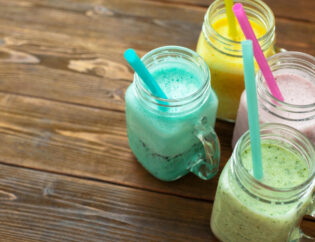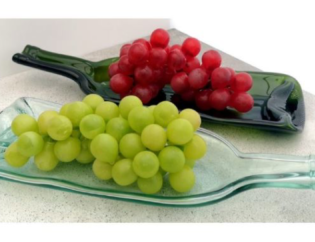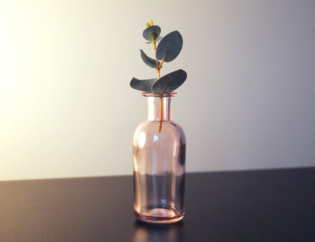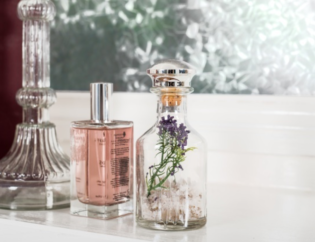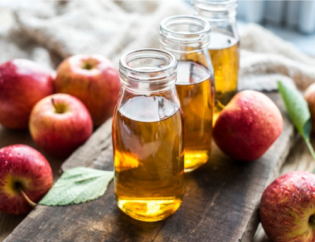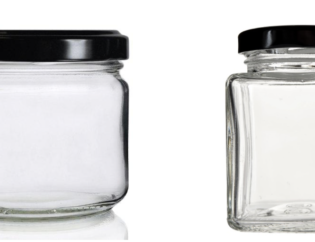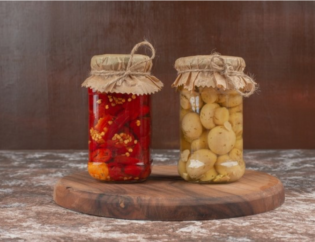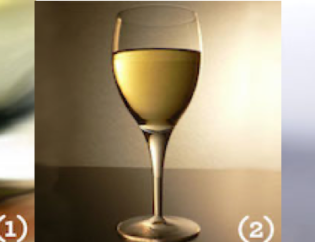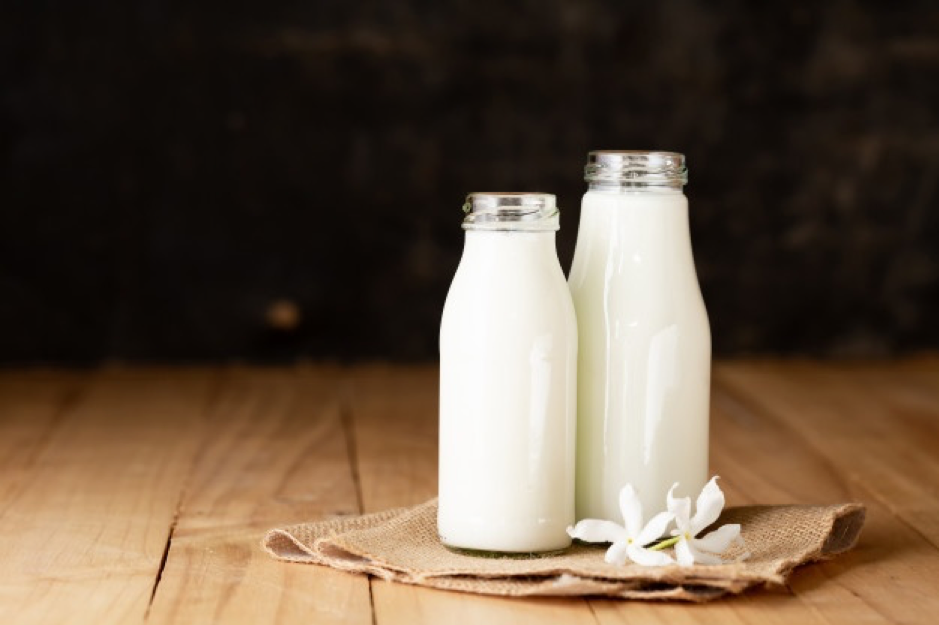
Sand, soda ash, and limestone are the three main ingredients in a glass. In the process of heating these substances together, their molecules bind together to form Glass. Glass is used for a variety of purposes, including storage and chemical experiments, and it has become a popular material.
- Stable
An object made of Glass is solid. Soluble things, on the other hand, have looser bonds between molecules, allowing for more movement. Unless heated to a very high temperature, Glass is a very stable material. As a solid, Glass will break if it is subjected to excessive pressure in any direction.
- Solid Glass is what you're looking for.
- When heated, Glass is pliable, but it will break if you exert too much pressure on it as a solid.
- Long-lasting- Durable
For this reason, Glass is also highly resistant to wear and tear. Glass's thick sheets are more challenging to break than thinner ones, so thickness matters regarding Glass's strength and durability. To scratch Glass, you'll need a sharp object or a lot of force. Glass bottles can hold liquids because of their strength and sturdiness.
For this reason, Glass is also highly resistant to wear and tear.
Glass bottles can hold liquids without breaking because of their strength.
- Inert
Most acids will not corrode Glass, as it is non-reactive to other materials. For this reason, it is suitable for use in laboratories and for storing acidic food and beverage. Hydrofluoric acid and concentrated phosphoric acid are the only acids that will react with Glass. Adding boron to the Glass's ingredients will increase its corrosion resistance.
Most acids will not corrode Glass, as it is non-reactive to other materials.
Incorporating boron into the Glass's composition will help it withstand corrosion more effectively.
- Heat Absorption
To raise the temperature of the contents of a glass bottle, you would first need to heat the bottle itself. It is the vibrations of the molecules in the Glass that are transmitted from molecule to molecule due to the heat. Because of the increased energy and friction between molecules, the Glass gets hotter and hotter as a result. The contents of the bottle then receive this energy.
A heated glass bottle would raise the contents' temperature because Glass is a heat conductor and absorbs heat.
The molecules in the Glass vibrate faster due to the heat, and the vibrations are then transmitted from one molecule to the next.
- Aspects of Optical Properties
Bottles made of clear glass can be coloured, but Glass itself is an opaque material. This means that you can see right through it. When it comes to reflecting and refracting sunlight, Glass is a great choice. You can usually see the contents of a glass bottle because of this property.
It's possible to colour glass bottles, but Glass itself is a translucent material.
The properties of Glass include the ability to refract light, separate colours of the spectrum, reflect light, and transmit light.


